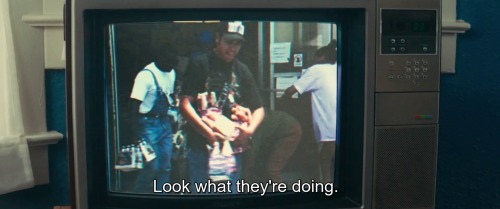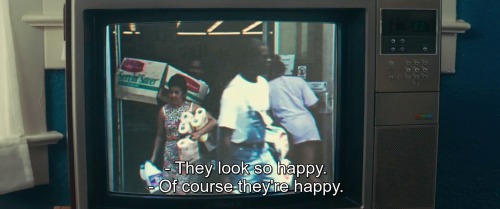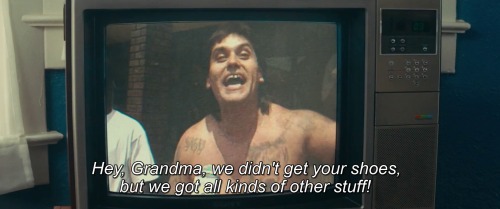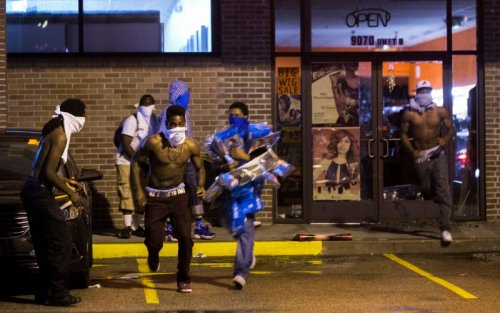#looting
For eveyone griping about looting, here are some alternative things to get mad about!
1.) if we are mad at looting then we should return every single artifact and curio in our museums that we have looted from other countries.
2.) Maybe we should start arresting and prosecuting the assholes who buy diapers and sanitizer in bulk to illegally resell at an insane cost while poor families who actually need those items can’t get any because of it.
3.) You should be mad at the double standard of how police treat different protests. Armed “protesters”were allowed to enter a government building WITH THEIR GUNS to politically intimidate, threaten & terrorize politicians who wanted to protect the community with the quarantine. Some even physical pushing police in riot gear but the police did not react and instead protected them. But protesters who seek justice and accountability for a black man brutally murdered by a police officer get beaten, shot at, pepper sprayed and tear gassed.
4.) the more radical protesters who have been causing property damage WHO DO NOT represent the majority of peaceful protestors are going to be grouped as a whole by the right wing to excuse the police brutality against the regular law abiding protestors and black people.
5.) And finally and most importantly, the four fired officers each have a prior history of police brutality that was swept under the rug and ignored STILL have not been charged with MURDERING the unarmed, handcuffed and helpless George Floyd. Everyone SHOULD be irate at THAT!
Iron Age subterranean complex discovered beneath Turkish home
““When the Assyrian Empire exercised political power in south-eastern Anatolia, Assyrian governors expressed their power through art in Assyrian courtly style,” said Dr Adalı.
However, the accompanying inscriptions tell the story of integration, rather than conquest. They are written in the local language of Aramaic, rather than Assyrian, and the artwork features religious themes from Anatolia and Syria.”
Archaeological sites once thought lost under Lake Powell reappear as water drops
“Stevens adds, “We don’t know if the lake is ever going to rise this high again, with the climate changes and all that, so maybe there’s an opportunity here for the Navajo people”—an opportunity to take a good look at what was destroyed when the reservoir filled, and what can be saved now, as it empties.”
“Terrace was established by Chinese railroad workers in 1869, when construction crews were racing to connect the eastward and westward tracks of the railroad 70 miles from here at Promontory Summit. Eventually, simple wood structures rose on both sides of Main Street, housing hotels, clothing stores, restaurants, railroad machine shops, even a 1,000-volume library specializing in science, history and travel literature. Because water was scarce, engineers constructed an aqueduct from hollowed-out timber, funneling water from mountain springs that were miles away. At its peak, the town was home to some 500 residents, and it welcomed hundreds more each year, mostly rail and wagon-train travelers.
In 1903, Terrace burned in a fire, and after the railroad was rerouted 50 miles south—straight across the Great Salt Lake—the following year, the town was abandoned. But researchers have returned, seeing the ghost town as an ideal site to learn not only about the workings of a remote railroad town but especially about the immigrant community that thrived here.”
*CW: Mentions of racially-motivated violence.
Robotic dog will be on patrol in Pompeii
“We promise this isn’t an April Fools’ Day post.”
The Smithsonian’s Plan to Return the Benin Bronzes Comes After Years of Relationship Building
“For decades, Nigerians have called for the return of those stolen artifacts, and at last, museums in Europe and the United States have finally begun listening. The Smithsonian Institution is now taking steps to return some of these artworks in its collections, a decision rooted in both a forthcoming policy on ethical collecting, and in a decade-long partnership with the Nigerian community that helped foster mutual trust and a shared vision.”


“ … … , .“
Make no mistake, this was a threat issued by THEIR incompetent president himself. I think he made it pretty clear what he wants to be done.






is America










is America
THIS IS TERRORISM, CALL IT WHAT IT IS
Please get reminded that this is not even comparable to the BLM movement. One is about demanding human rights and the other is about being a lunatic hyporcritical asshole.






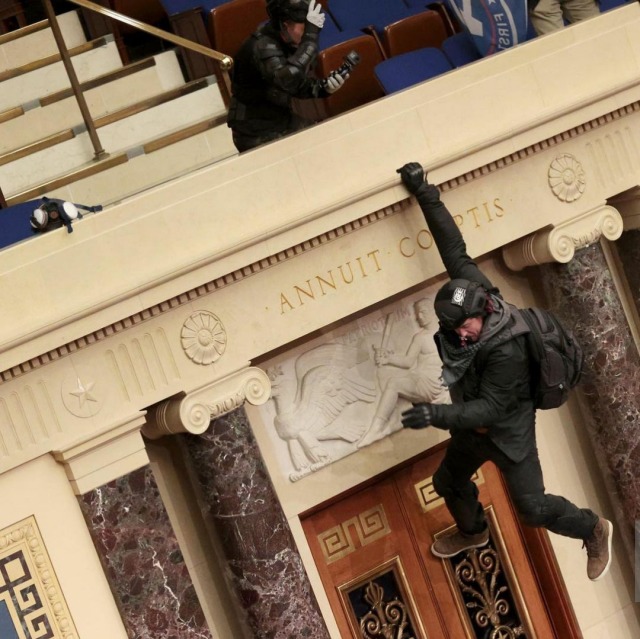



Via Getty Images

During the recent unrest that spread across the city of Baltimore in the wake of the death of 25-year-old Freddie Gray, several hundred small businesses in the city were damaged, looted or burned down. Many of these stores—more than 50, by the estimate of the Korean American Grocers & Licensed Beverage Association of Maryland—were Korean-owned. These small business owners, mostly immigrants, are now left to grapple with the task of assessing their losses, in some cases irrevocable, while dealing with the physical and emotional toll of seeing years of hard labor destroyed.
Minna Kim, a Maryland resident, former elementary school teacher and soon-to-be masters student in clinical and medical social work, recounts the harrowing April 27 evening in which her parents, owners of a liquor store in West Baltimore, guarded their business, at any cost, as riots spread across the city.
* * *
by MINNA KIM
On April 22, I landed at Baltimore-Washington International Airport, blissed out and disoriented. I had spent the last two months in Bali for a yoga leadership training and in Thailand for a meditation retreat. As I disembarked from the plane, the fluorescent lights and stained carpets at the airport posed a stark contrast to the balmy lushness of Southeast Asia.
On the streets of my hometown, unrest was brewing. Only three days prior to my arrival, Freddie Gray died while in the custody of Baltimore police. Protests were forming. And five days later, shit hit the fan.
On Monday, April 27, the day of Gray’s funeral, my parents locked up their liquor store in West Baltimore around five in the afternoon. Closing before 10 p.m. was unusual for them. But their Korean friends who own a grocery store not too far from theirs called and urged them to leave the city because a riot had erupted at Mondawmin Mall, a little over a mile from the store.
Back home in our suburban neighborhood 20 minutes outside of the city, my parents beelined it to the television set. We sat transfixed, watching news coverage of Baltimore city engulfed in mayhem. Eventually, we tore ourselves away from the TV and went about our evening, shooing away any thoughts of misfortune that buzzed around our dinner conversation.
At 9:43 p.m., the alarm company phoned our home.
Without hesitation, my immigrant parents drove back to the store they have owned for nearly a decade. The backdoor had been pried open. Looters were flooding in and out of the store. Stalled outside, my father honked his car horn, upon which the looters shouted warnings to each other to “Hurry up!” and flee. At 10:06 p.m., my mother dialed 911 from the car. A voice recording said all lines were busy. Three minutes later, my mother tried 911 again: another unsuccessful attempt.
Undeterred and hyperalert, my badass mother got out of the car and ran the two blocks towards the nearest police station. Police officers were in riot gear; some were guarding the station. A female officer who appeared to be in charge told my mother they were not supposed to leave their assigned areas. My mother pleaded that her store was very close. Another officer recognized the address. As he began to get into his car with his partner, he told my mother they would stop by. She asked if she, too, should get in the car; they left her to walk back to the store.
Read full article here.
The Altarpiece of Ghent, Hubert Van Eyck, 1430-1432.
The Altarpiece was commissioned for Saint Bavo’s Cathedral. It was seized by the Nazis in 1940 while it was traveling through France on its way to safety in the Vatican. The Germans had stolen its panels once before, during the First World War, and were happy to have it back. In an effort to protect it from Allied bombing, it was stored in the Altaussee salt mines, where it was badly damaged by the poor conditions instead.
Post link


